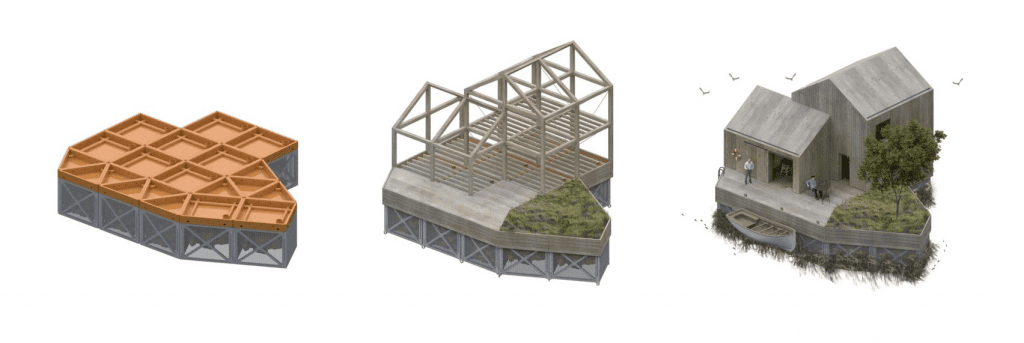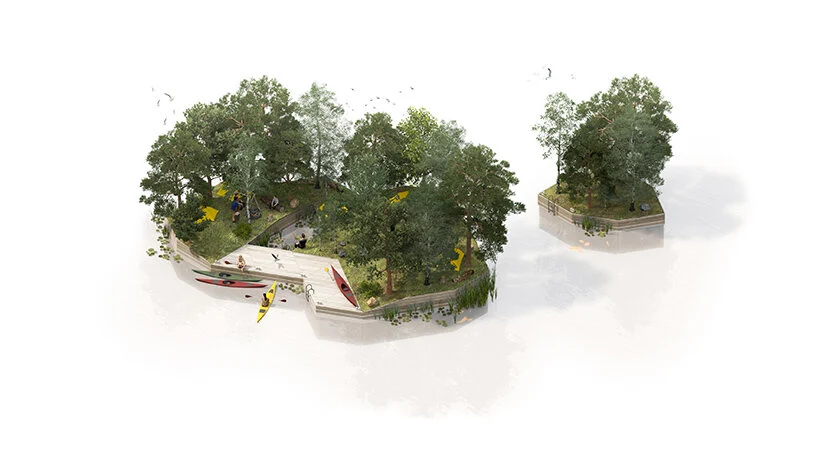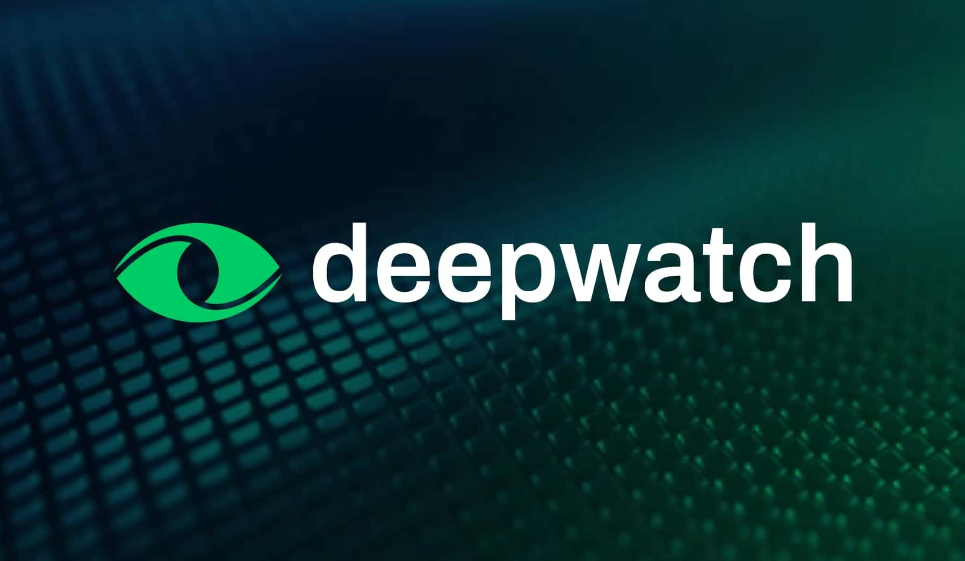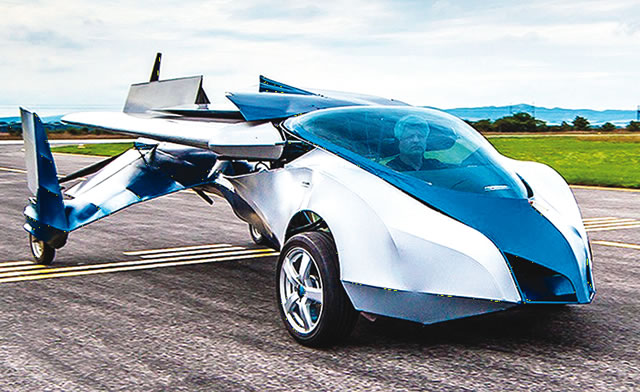Land on Water was made by the Danish maritime architecture studio MAST. It is a way to build floating buildings that are meant to be more flexible and environmentally friendly than traditional methods.
The system was made by MAST, which is based in Copenhagen. It is made up of modular containers that can be filled with different floatation elements, like how gabions are used in the construction industry.


Made from recycled plastic that has been reinforced, these flat-pack modules could be easily moved around the world and put together in different ways to fit different types of buildings.

Marshall Blecher, an architect who started MAST with maritime designer Magnus Maarbjerg, said, “We’ve made a whole new way to build almost anything on the water.”
“We think that a system like ours could help build large communities on the water in a natural way in the future,” he told Dezeen.
The design was made with help from Hubert Rhomberg, a business magnate in the construction industry, and the venture studio Fragile.
Land on Water has many advantages over other systems on the market, such as plastic pontoons, steel pontoons, or concrete bases filled with polystyrene.
Blecher said, “Right now, there are a lot of rules about what you can build on water.” “Each of the solutions that are already in place has a lot of problems.”
Blecher said that steel and concrete floats are hard to move and are often painted with toxic anti-fouling paints. Plastic floats, on the other hand, can only be used for smaller structures.
MAST’s system is made to be filled with floating materials that can be found in the area. Some ideas are old plastic bottles and containers or recycled buoys and floats from the fishing industry.
This makes it easy to ship the floats and makes it possible for them to work with structures of different sizes and weights.
Another benefit is that the floatation material is easy to change or add to if the building gets heavier or if the way the weight is distributed changes.
Land on Water is also made to help protect different kinds of life. The holes in the floats are meant to help mollusks and seaweed grow and give fish and crustaceans a place to live.

Blecher said, “Steel and concrete are treated to stop this kind of growth, but these cages can act like biohuts underwater.” “We hope it will make the harbor a better place to live.”
Blecher and Maarbjerg started their studio after working together on Copenhagen Islands, a plan for a group of floating islands called a “parkipelago.”
Blecher is an Australian architect who lives in Copenhagen. He also works with architect Jan Henrik Jansen on traditional architecture projects like Nieby Crofters Cottage, which is a finalist for the Dezeen Awards 2022.
With Land on Water, Blecher wants to show that floating homes can be a flexible and appealing choice for homeowners, as well as a way to make communities that are both resilient to climate change and friendly to nature.
MAST’s visualizations show that the system could be used to build floating parks, cafes, and swimming pools.
The goal of the project is to offer an alternative to big ideas for floating cities, like Oceanix City by BIG, which Blecher thinks is full of problems.
Blecher said, “They make a lot of the same mistakes that urban planners did in the 1930s, 1940s, and 1950s when they built megacities without giving much thought to the small scale.”
MAST is making a model of the Land on Water system right now, which it plans to show off at the UIA World Congress of Architects in Copenhagen in 2023.




